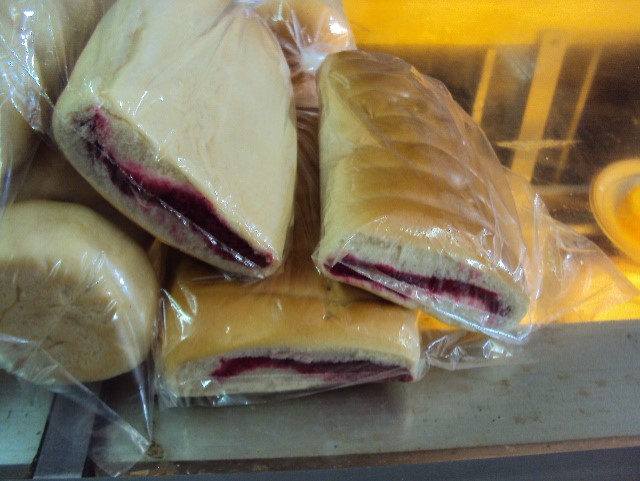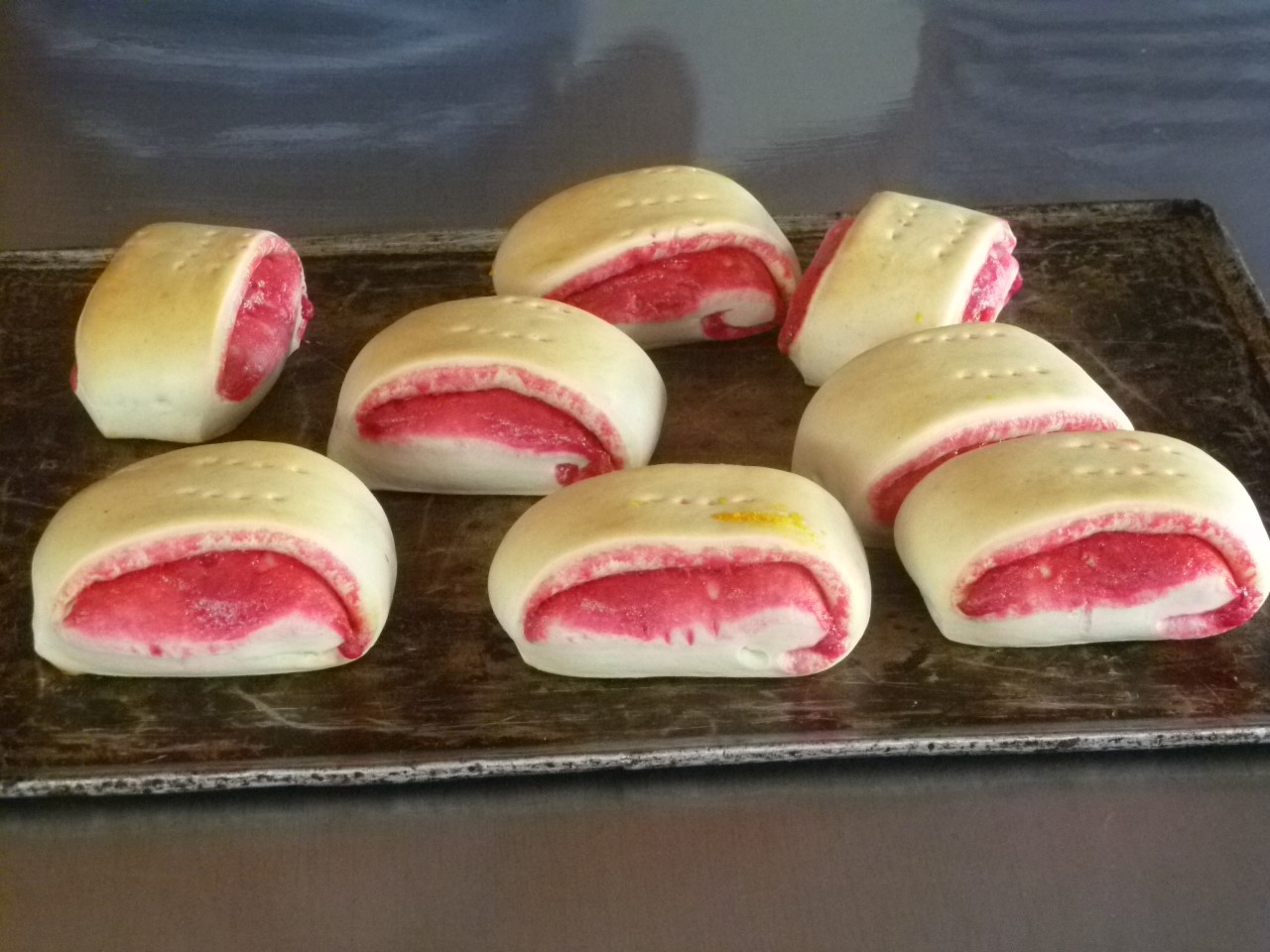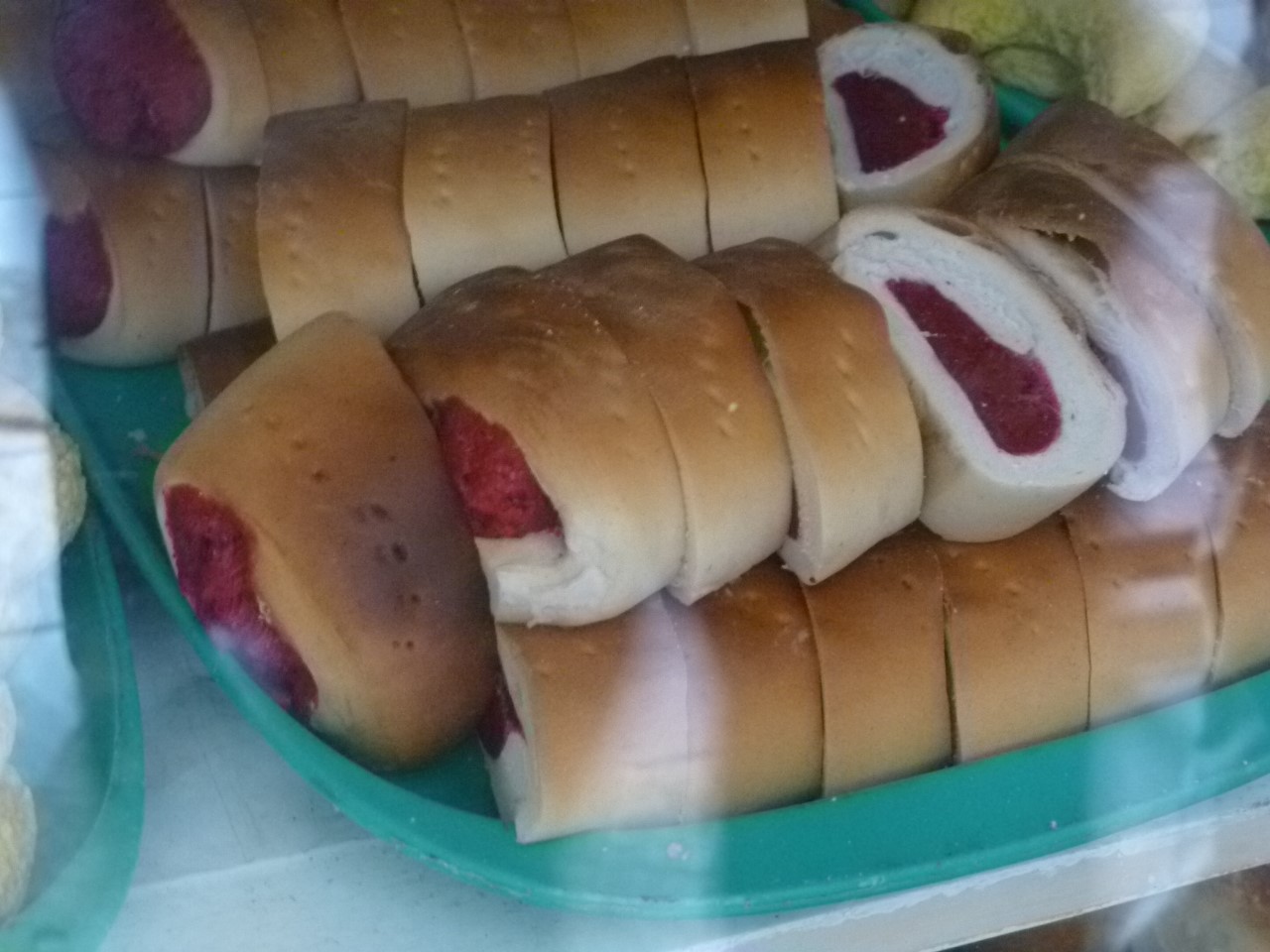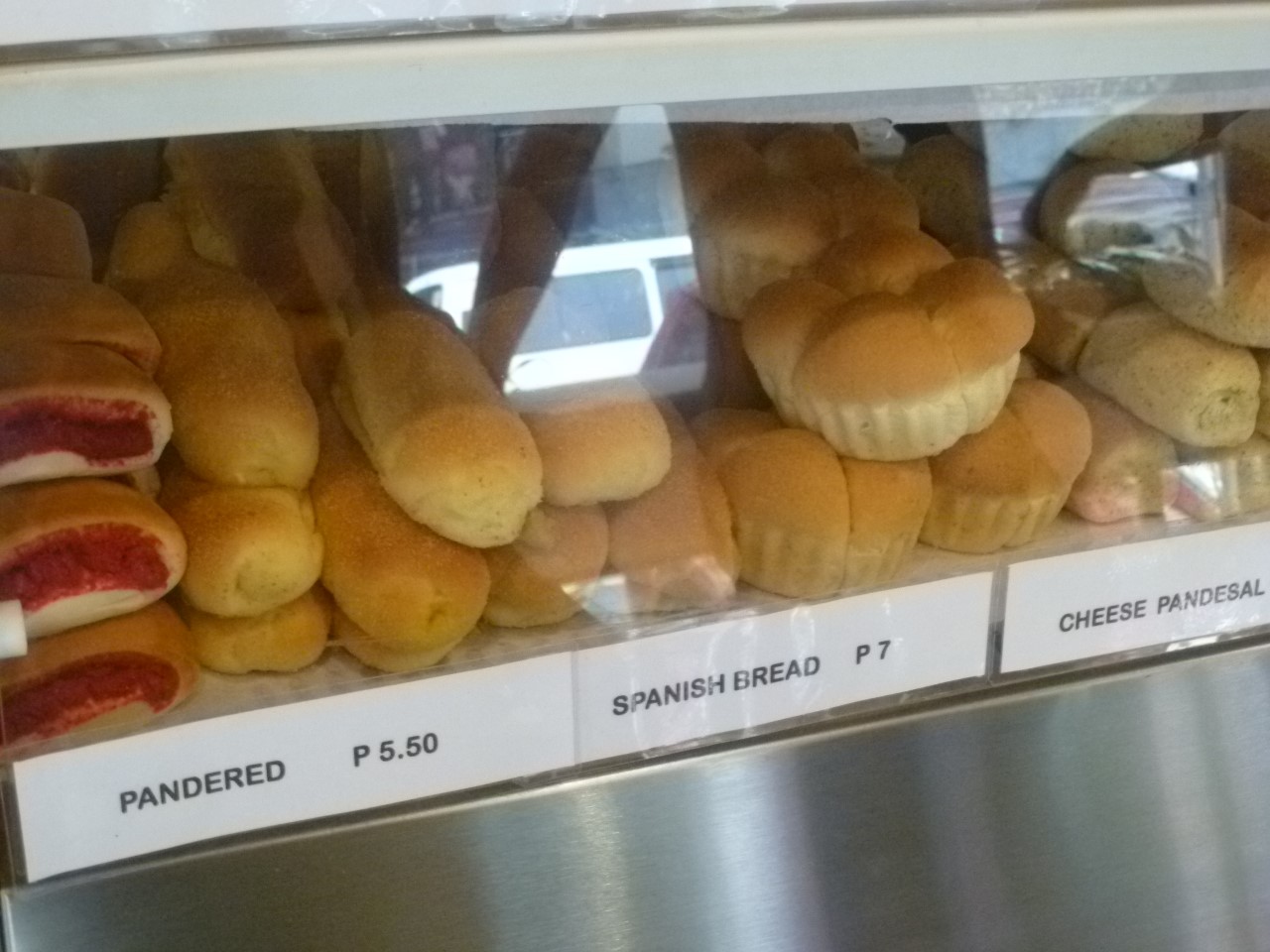Kalihim: The pink bread that titillates
At a local panaderia sits this bread, an oddity among its peers. It screams for attention with the way it looks, like a woman’s plump, pouting lips painted a garish fuschia hue.
This is the pink bread called kalihim, commonly known as pan de pula or pan de regla. Once you chance upon it at a bakery, you cannot ignore it. It stands out, loud and proud, refusing to blend in with its brown cousins.
The way this pink bread bears other raunchy names is a good case for how naughty we Filipinos are when naming our breads.
While doing research around the country for our book, Panaderia: Philippine Bread, Biscuit and Bakery Traditions, we found the kalihim to be quite controversial. It seemed to catch the curiosity and fancy of many. For one, it has 14 different names in different parts of the country.
Kalihim is its more popular name. It is said to be named such because it is the bakers’ lihim (secret) that its pink filling is actually made from old unsold breads, torn and mixed with butter, eggs, sugar, red food coloring and a hint of vanilla. The pasty filling is then spread all over a long flat piece of dough and folded in before baking. The final outcome is new bread that encases the “old bread” resurrected as a filling in tints ranging from hot pink to deep maroon.
In other parts of the country, the bread has elicited the name pan de regla perhaps because it looks like a folded and used sanitary napkin. However, regla not only translates to “menstruation.” It is also the Spanish word for “ruler.” Some argue that the name refers to how the long flat piece of dough was measured with a regla or ruler back in the day. Still, a bakery owner said he was able to sell more of the bread when he ditched this name in favor of the more straightforward pan de red or pan de pula.
The way this pink bread bears other raunchy names is a good case for how naughty we Filipinos are when naming our breads. Its provocative look, at times evoking images of a woman of ill-repute, is not lost on the Cebuanos who call it pan borikat or Ilonggos who call it pampam, or those in Marikina where it goes by belyas.
Whatever it is called, the kalihim tickles the imagination mainly because of its color. It is a Philippine bread worthy of respect, admiration, and consideration.
However, the kalihim earns more respect in other parts of the country. In Quezon City, some bakeries peddle it as floorwax, like the red floor polish. In Iloilo, it is catalugan, while in Pampanga it is sold as everlasting, maybe hinting that it is made of reincarnated old breads.
It is revered in Bicol where it is called ligaya or maligaya (happiness), alluding perhaps to its resemblance to a lady’s smile. In Ilocos Sur, the odd term for it is balintawak (a woman’s kerchief) while up in Ilocos Norte, it is tagged as lahi (race of a people) or kalahi. Meanwhile, Kidapawan’s Breadcart Bakeshoppe sold it as lipstick, an obvious monicker. The big difference is that the lipstick’s filling is made without using day-old bread, only flour mixed with sugar, water, evaporated milk, red food coloring and buttermilk.
Whatever it is called, the kalihim tickles the imagination mainly because of its color. One that resonates of womanly things like femininity, love, kindness, compassion. While in deeper, darker shades, it suggests chutzpah and fiery passion.
In a sea of brown buns, this pretty-in-pink panadero creation comes into its own, clamoring for a second look. Its alluring pout titillates the senses, like that of a woman of bold character. As such, one can either be enamored with or repelled by it.
But the kalihim, the wallflower breads subjected to cheeky name-calling, radiates hope to today’s breads. They may be passed over today but tomorrow, the breads that were left to sit on the bakery’s showcase can be confident that they can be redeemed and made new again. And in the skilled hands of a maestro panadero, they can emerge even better than the old breads from where they came. Renewed as the pink bread that refuses to be ignored, the kalihim then merits a legitimate place at the panaderia escaparate. It is a Philippine bread worthy of respect, admiration, and consideration.









